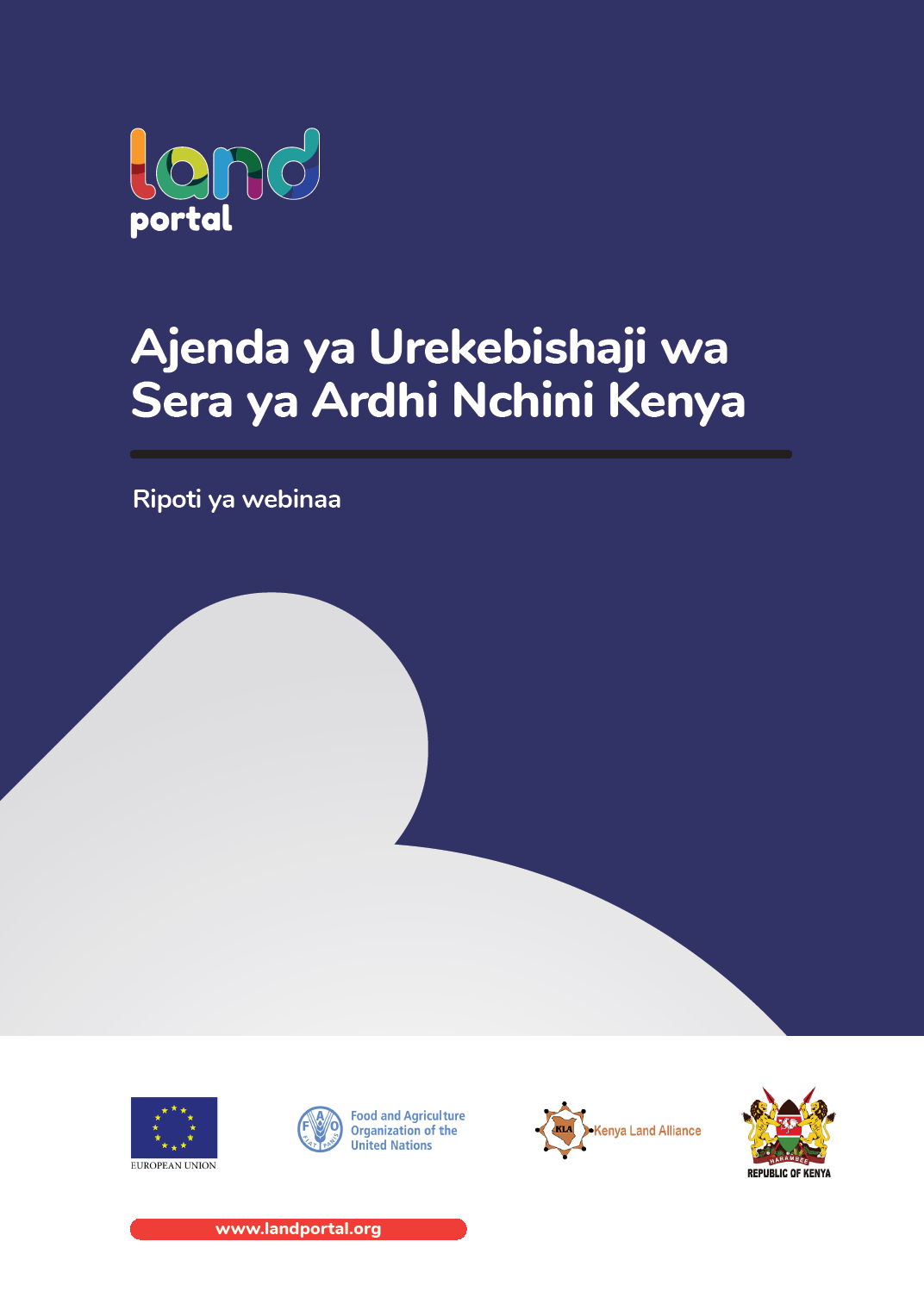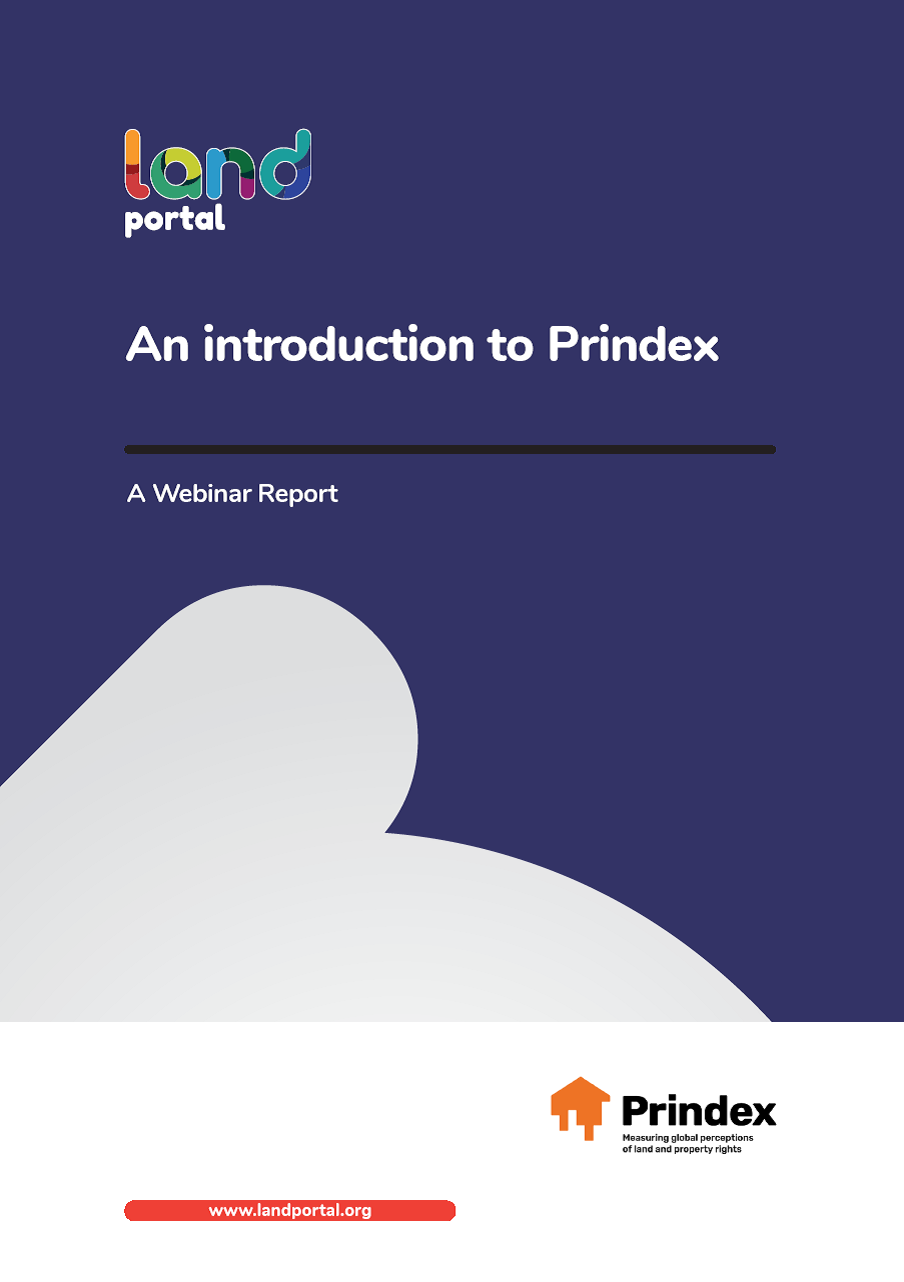Ajenda ya Urekebishaji wa Sera ya Ardhi Nchini Kenya
Webinaa kuhusu Urekebishaji wa Sera ya Ardhi Nchini Kenya ilifanyika tarehe 10 Oktoba, 2018. Webinaa ilipitia mchakato wa urekebishaji wa Sera ya Ardhi nchini Kenya na ikashughulikia changamoto anuwai. Lengo lilikuwa kubaini hatua za kufuata zitakazoleta usawa na haki katika urekebishaji wa sera ya ardhi.
Webinaa ilishughulikia maswali yafuatayo:
Tumefika wapi katika mchakato wa urekebishaji wa Sera ya Ardhi?
Changamoto kuu zinazohitaji kushughulikiwa katika mfumo wa urekebishaji wa Sera ya Ardhi na matumizi ya ardhi ni zipi?










